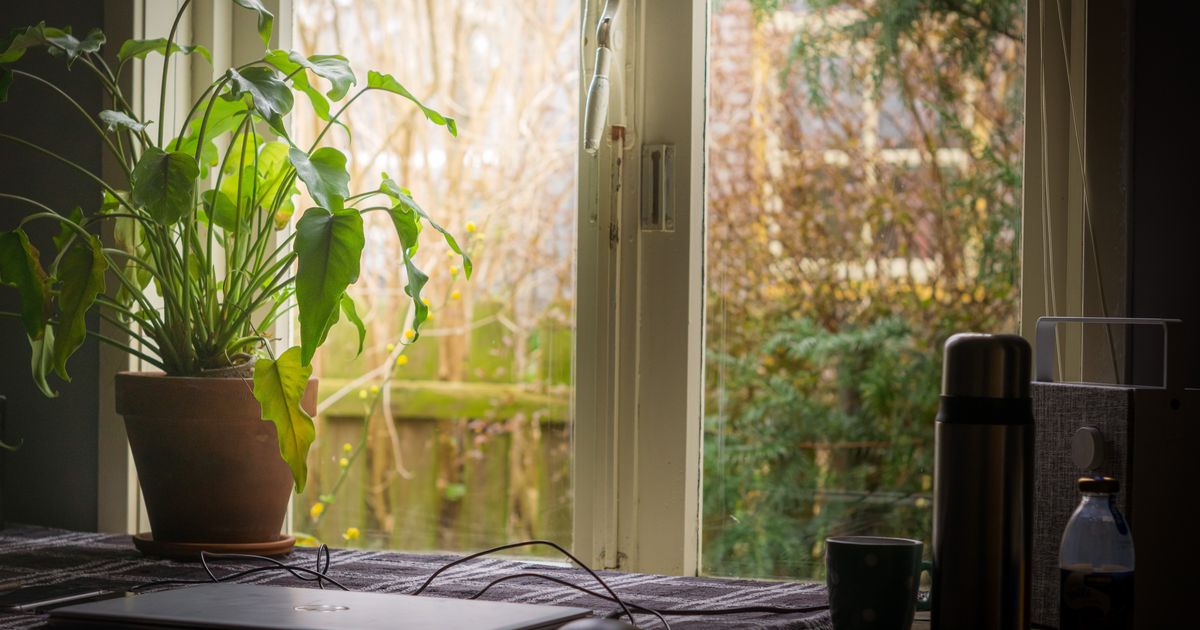Koronavirus koskettaa nyt meitä jokaista ympäri maailmaa, ja elämme täysin poikkeuksellisia aikoja. Valtaosa joutuu järjestämään rutiinejaan uusiksi niin työ- kuin kotirintamalla. Kun työnteko siirtyy kotiympyröihin, on hyvä rakentaa puitteet kuntoon, jotta etätyöpäivästä tulisi miellyttävä oman jaksamisen ja sopivan työtehokkuuden kannalta.
Please scroll down to find the article in English.
Työn sujumisen, yhteistyön ja organisaation kannalta tarvitaan sääntöjä, toimivia palaverikäytäntöjä ja yhteisöllisyyden mahdollistavia työvälineitä sekä niiden aktiivista käyttöä. Etätyön edellytyksiä ovat toimiva teknologia, tietoturvan varmistaminen sekä työnantajan ja työntekijän välinen luottamus. Etätyöympäristön tulee olla terveellinen, turvallinen, rauhallinen ja työhön sopiva.
Etätyöntekijältä odotetaan vastuullisuutta, kykyä itsenäiseen työskentelyyn sekä työn ja vapaa-ajan rajaamiseen. Ilman kollegoita voi olla vaikeampi pitää kiinni tauoista tai irtaantua näytön ääreltä kuin toimistolla tai asiakaskohteessa. Kannattaakin aikatauluttaa päivän varrelle muutakin tekemistä kuin työpisteellä istumista.
Ota tästä vinkkejä omaan etätyöpäivääsi:
– Valmistaudu etätyöpäivään samalla tavoin kuin mihin tahansa työpäivään. Pane työvälineet kuntoon edellisenä iltana ja tarkista seuraavan päivän aikataulut. Laadi tehtäväluettelo ja selvitä itsellesi, mitä haluat saada aikaan etätyöpäiväsi aikana.
– Muista pitää huoli työajasta. Kotitoimistolla työhön saattaa uppoutua niin että tunnit vain lentävät ja työpäivä pitenee.
– Ole aloitteellinen. Ilmoita esimiehellesi ja ryhmäsi työtovereille, mitä teet ja miten edistyt. Sopikaa säännöllisistä yhteisistä palavereista myös etätyöjakson aikana.
– Pidä kiinni päivän rutiineista: hoida aamutoimet niin kuin normaalinakin työpäivänä ja mieti, olisiko esimerkiksi lyhyt aamulenkki sopiva tapa käynnistää kotikonttoripäivä. Pidä huoli ruokatunnista ja nauti lounaasi muualla kuin työpisteellä.
– ISS:n Suunta 100 -työturvallisuusvisio ohjaa meitä myös etätyössä. Etätyön ollessa pitkäaikaista on kiinnitettävä erityistä huomiota toimintaohjeiden noudattamiseen, riittävään yhteydenpitoon, työn sujumisen tukeen, kuormittumisen ja työajan seurantaan sekä ergonomiaan.
– Huolehdi siitä, että etätyöpaikassasi on riittävän rauhallista. Mieti, missä haluat työskennellä, tunnet olosi mukavimmaksi ja pystyt keskittymään parhaiten. Erillistä työhuonetta ei läheskään kaikkien ole mahdollista järjestää, mutta ruokapöytäkin on toimiva vaihtoehto kun ottaa huomioon ergonomian.
– Muista pitää taukoja aivan kuin toimistossakin. Pieni tauko ja aivojen lepuuttaminen keskittymistä vaativasta työstä maksavat itsensä takaisin parantuneena työvireenä. Työpäivän jaksottaminen työjaksoihin ja taukoihin lisää tehokkuutta.
– Vaihda työskentelyasentoa päivän aikana, nouse välillä jaloittelemaan, venyttele ja työskentele mahdollisuuksien mukaan osa ajasta seisten. Voit ottaa tavaksi vaikkapa nousta seisomaan aina kun puhelin soi ja kävellä puhuessasi.
***
The coronavirus outbreak affects us all around the globe, and we are living in very exceptional times. The majority of people have to rearrange their routines both at work and at home. When work enters the home, it is a good idea to create a functional framework to ensure that the day is both pleasant and effective.
With regard to fluent working, cooperation and organisation, we need rules, functional meeting practices and tools that enable the community to work together, as well as their active use. Remote working calls for functional technology, information security and trust between the employer and the employees. The remote working environment should be healthy, safe, peaceful and fit for the purpose.
People working remotely are expected to be responsible, have the ability to work independently and to draw the line between work and free time. Without colleagues, it might be more difficult to take breaks or to take a break from the screen than at the office or the customer’s premises. That is why your daily schedule should also include other tasks besides just sitting at your desk.
Here’s some tips you can follow when working remotely:
– Prepare for your remote work day as for any work day. Prepare the necessary tools in the previous evening and check the schedule for the next day. Prepare a task list and think what you want to achieve during the day.
– Remember to keep regular working hours. When working at home, you might really delve into your work. Hours might fly by and the working day get longer.
– Take initiative. Report to your supervisor and your team colleagues what you’re doing and how you're progressing. Agree on regular meetings also during the remote work period.
– Stick to your daily routines: take care of your morning routines as on a normal work day and consider taking a short morning walk to start your day at the home office. Remember to take a lunch break, and don't eat at your work station.
– The ISS Drive to 100 occupational health vision guides us also when working remotely. If you work remotely for the longer term, pay particular attention in complying with the instructions, keeping sufficiently in contact, supporting smooth workflow, monitoring burdening and work hours, and ergonomics.
– Make sure that you have a peaceful space to work. Think where you want to work, where you feel comfortable and where is the easiest to concentrate. Not everyone has the opportunity to have a separate work room but you can also work at kitchen table as long as you remember ergonomics.
– Remember to take breaks, just like at the office. A small break and giving your brain a rest from work that requires concentration pays itself back as increased energy to work. Dividing the day into working periods and breaks makes you more effective.
– Change your position during the work day, stand up occasionally, stretch and work standing up for part of the day, if possible. You can make a habit of standing up when the phone rings and walking while you’re talking, for example.









